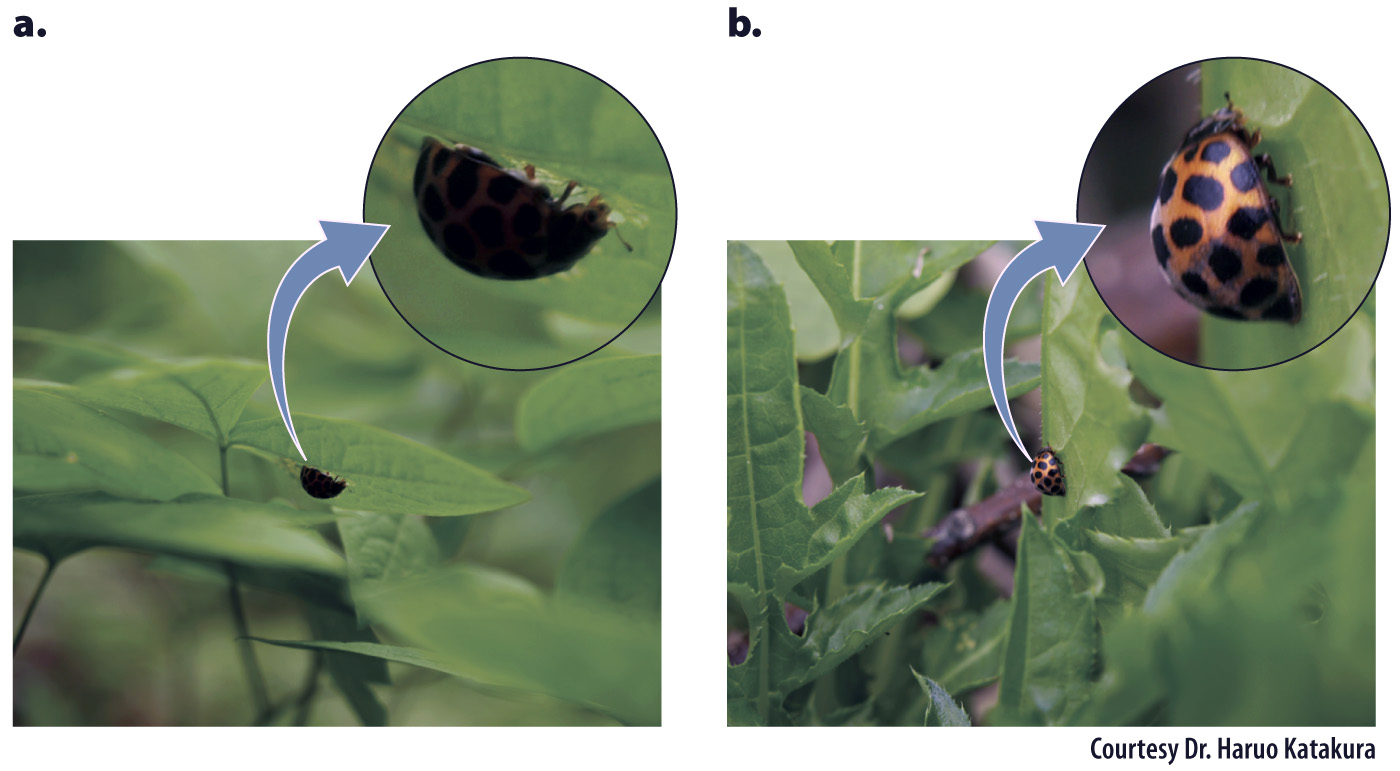Pre-zygotic isolating factors occur before egg fertilization.
Most species are reproductively isolated by pre-zygotic isolating factors, which can take many forms. Among animals, species are often behaviorally isolated, meaning that individuals mate only with other individuals based on specific courtship rituals, songs, or other behaviors. Chimpanzees may be our closest relative—and therefore the species we are most likely to confuse with our own—but a chimpanzee of the appropriate sex, however attractive to a chimpanzee of the opposite sex, fails to provoke even the faintest reproductive impulse in a human. In this case, the pre-zygotic reproductive isolation of humans and chimpanzees is behavioral.
Behavior does not play a role in plants, but pre-zygotic factors can still be important in their reproductive isolation. Pre-zygotic isolation in plants can take the form of incompatibility between the incoming pollen and the receiving flower, so fertilization fails to take place. We see similar forms of isolation between members of marine species, such as abalone, which simply discharge their gametes into the water. In these cases, membrane-associated proteins on the surface of sperm interact specifically with membrane-associated proteins on the surface of eggs of the same species but not with those of different species. These specific interactions ensure that a sperm from one abalone species, Haliotis rufescens, fertilizes only an egg of its own species and not an egg from H. corrugata, a closely related species. Incompatibilities between the gametes of two different species is called gametic isolation.
In some animals, especially insects, incompatibility arises earlier in the reproductive process. The genitalia of males of the fruit fly Drosophila melanogaster are configured in such a way that they fit only with the genitalia of females of the same species. Attempts by males of D. melanogaster to copulate with females of another species of fruit fly, D. virilis, are prevented by mechanical incompatibility.
Both plants and animals may also be pre-zygotically isolated in time (temporal isolation). For example, closely related plant species may flower at different times of the year, so there is no chance that the pollen of one will come into contact with the flowers of the other. Similarly, members of a nocturnal animal species simply will not encounter members of a closely related species that are active only during the day.
Plants and animals can also be isolated in space (geographic or ecological isolation). This type of isolation can be subtle. For example, the two Japanese species of ladybug beetle shown in Fig. 22.5 can be found living side by side in the same field, but they feed on different plants. Because their life cycles are so intimately associated with their host plants (adults even mate on their host plants), these two species never breed with each other. This ecological separation is what leads to their pre-zygotic isolation.

FIG. 22.5 Ecological isolation. The ladybugs (a) Henosepilachna yasutomii and (b) H. niponica are reproductively isolated from each other because they feed and mate on different host plants.
